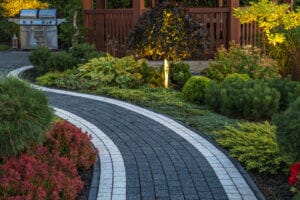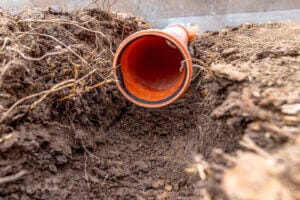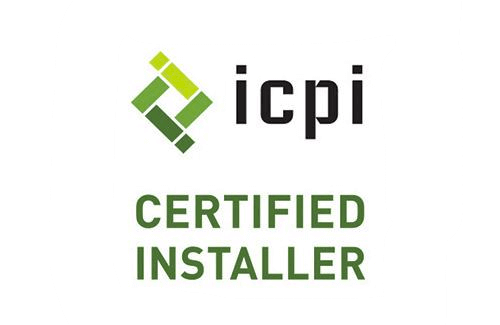Sustainability in landscaping isn’t just a trend; it’s a critical response to environmental challenges and a blueprint for the future of outdoor living. In the picturesque wilderness of Kodiak Island, one company stands out for its unwavering commitment to creating beautiful landscapes that coexist harmoniously with nature. Kodiak Landscape Design isn’t just about creating the perfect outdoor space; it’s about doing so in a way that ensures the health of both the land and the community.
For eco-conscious homeowners, landscape designers, and sustainability advocates, understanding and championing sustainable landscaping practices is essential. In this deep-dive exploration, we will uncover how Kodiak Landscape Design is leading the charge in sustainable design, the impact of their approach on the environment and community, and practical tips for integrating these principles into your own outdoor spaces.
Understanding Sustainable Landscaping
Sustainable landscaping practices prioritize the long-term health and vitality of the environment. This means designing, constructing, and maintaining outdoor spaces that are both functional and support local ecosystems. It involves strategic plant choices that reduce water usage, conserving soil and energy, and creating habitats for local flora and fauna.
The Benefits of Sustainable Landscaping
The advantages of sustainable landscaping are manifold. For homeowners, it often means reduced maintenance and water bills, as well as the aesthetic rewards of a natural and biodiverse garden. Environmentally, these practices help mitigate the urban heat island effect, reduce water pollution from runoff, and promote a healthier ecosystem.
Kodiak’s Approach to Sustainability
Kodiak Landscape Design’s philosophy is rooted in the idea that every element of a landscape can contribute to sustainability. They have redefined the landscape architecture process by integrating sustainable principles at every stage, from design to maintenance.
Materials and Resources
Kodiak sources materials locally whenever possible, reducing the carbon footprint associated with transportation. In cases where local materials don’t suffice, they prioritize recycled and repurposed items, ensuring that even the products used in landscaping are as eco-friendly as possible.
Water Conservation
Kodiak’s designs incorporate various water-saving techniques, such as the use of drought-resistant plants, mulching to retain moisture, and the implementation of innovative irrigation systems. Their approach to water landscaping isn’t just about using less; it’s about using it wisely.
Energy-Efficient Landscapes
From windbreaks that reduce heating and cooling costs to carefully placed shade trees, Kodiak’s landscapes are designed to work with nature, not against it. By understanding local weather patterns and topography, they create outdoor spaces that require minimal external energy inputs.
Case Studies
Kodiak’s commitment to sustainable practices is best demonstrated through their portfolio of successful projects. Each project is a testament to the company’s ability to transform outdoor spaces in a way that is both breathtaking and responsible.
The Beachfront Oasis
A beachfront property’s transformation from a water-guzzling lawn to a thriving coastal ecosystem showcases Kodiak’s innovative approach to sustainable seascapes. By using native beach plants that require minimal water and custom-designed erosion control measures, the client gained a biodiverse and resilient shore.
The Suburban Sanctuary
In the heart of a burgeoning suburban area, Kodiak created a sanctuary for both humans and wildlife. Through the introduction of permaculture principles, the landscape now supports a host of beneficial insects and birds while providing a tranquil and inviting space for the family to enjoy.
The Impact of Sustainable Landscaping
Choosing sustainable landscaping options has a ripple effect that extends beyond the immediate area. It supports local economies by promoting the use of local materials and expertise. It also educates and inspires others to adopt similar practices, enhancing the collective impact on the environment.
Tips for Homeowners and Landscape Designers
Sustainability isn’t an all-or-nothing proposition. Small changes can make a significant difference, and both homeowners and landscape designers can play their part.
Homeowners’ Green Guides
For homeowners looking to make their outdoor spaces more sustainable, start with a landscape audit to understand your current environmental footprint. From there, implement small changes such as composting garden waste, installing a rain barrel for water collection, and planting native species.
Tools for Designers
Landscape designers have an even greater opportunity to make a difference. By staying updated on sustainable design practices and integrating them into your work, you can create a lasting legacy of environmental stewardship. Consider building relationships with local nurseries that offer native plants and explore innovative design techniques like green roofs and living walls.









